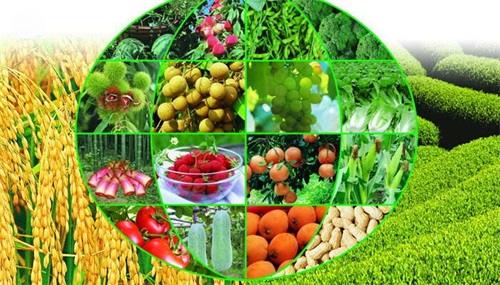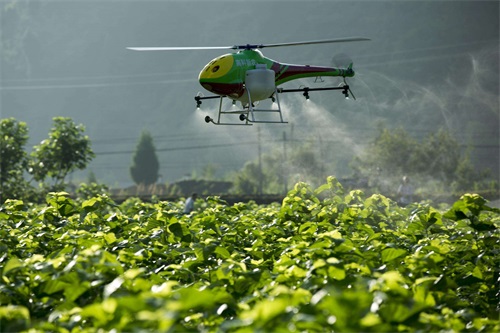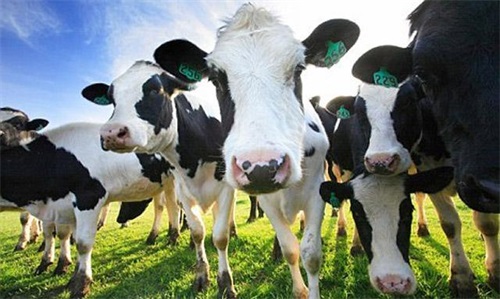The Internet of Things is setting off a new round of changes in various subdivisions, from industrial automation to medical care, agriculture and other fields. New technologies have promoted the transformation and upgrading of traditional industries, while highlighting unlimited prospects. In the agricultural field, there are also huge market opportunities. Raising crops and animals in the future will be easier than ever before as smart farming technology helps farmers monitor livestock, assess crop growth, monitor soil quality, limit water usage, control temperatures and more.
1. Opportunities for smart agriculture are coming
Due to the unpredictable changes in weather and climate environment, traditional crop cultivation methods are easily affected and result in reduced yields or catastrophic losses. Leveraging IoT information technology can lead to higher output and reduce dependence on fossil fuels, minimize resource use and increase the sustainability of the food chain. Smart agriculture will become the best solution to meet the growing global food demand.


To protect plants from wind, snow, hail, low temperatures, and pests and parasites, farmers began to use greenhouses to grow crops, building closed ecosystems that could control temperature and the amount of light, water, and nutrients. As automation technology develops, conditions within the greenhouse can be monitored using wireless technology and a range of sensors and controllers, ensuring that the plant environment does not become too hot or too cold, that there is adequate sunlight, and that there is adequate water and food.
The key to achieving intelligent control is to use sensors to monitor parameters such as temperature, water consumption, light, humidity and water pressure. It can sense the plant growth environment, analyze and judge based on environmental changes, and can automatically open windows, fans, spray plants, increase or decrease the temperature, or automatically distribute fertilizers and other operations. Some smart greenhouses use solar panels to generate the power they require, further saving time, money, energy and labor.
2. Drones reduce labor input
Currently, the largest application of drones is in aerial photography, but their market potential is also huge in agricultural environments. Drones are not just a tool used by JD.com for unmanned deliveries. More and more farms are using drones to monitor their fields and perform some agricultural tasks.
The drone can be a mobile sensor and appear anywhere on the farm. Farmers can use it to monitor crop growth and perform soil analysis to monitor crop health. The investment in drones can reduce labor input costs and solve crop health monitoring problems more flexibly and easily.


In addition, drones can help farmers plant seeds, irrigate fields, and spray crops when necessary. With advanced capabilities such as proven navigation and mapping, as well as imaging technology, drone technology makes data collection and analysis easier and helps farmers increase yields while reducing labor expenses.
3. Wireless Internet of Things monitors livestock health in real time
With breakthroughs in wireless technology, low-power wide area network products have emerged one after another, and communication costs have become cheaper and cheaper, thus providing a basis for health monitoring of agricultural livestock. In the era of the Internet of Things, farmers can monitor the health status of thousands of animals through Internet of Things sensors, track their locations in real time, discover sick animals through data analysis, and provide timely treatment.
In addition, through sensor data, some possibilities can also be predicted, such as pregnant animals, etc. Farmers need to know immediately and help give birth. Wireless devices make it easier for ranchers and farmers to care for their animals, providing timely information on the animals’ health and location, further improving survival rates and increasing farm productivity.


More and more advanced sensors are being used on pastures to monitor animals. Farmers can even know when an animal is pregnant and when it starts to give birth, by detecting the animal’s moisture, detecting when a rupture occurs and alerting the farmer to give birth. These technologies allow farmers to better raise animals, thereby putting more meat, eggs, milk and cheese on consumers’ tables.
Internet of Things technology is not only causing new changes in agriculture, but is also undergoing a transformation in industry, electric power, water conservancy, oil fields, smart cities and other fields. Now is the era of the Internet of Everything, and IoT technology makes our lives smarter and more convenient.